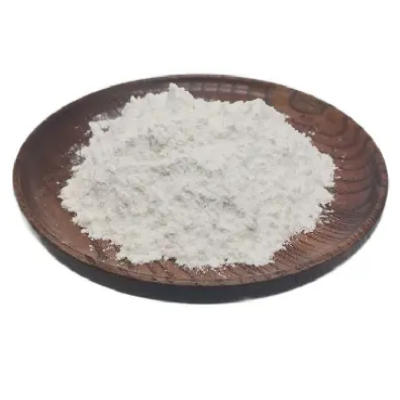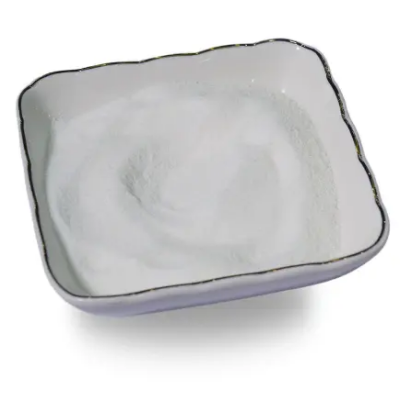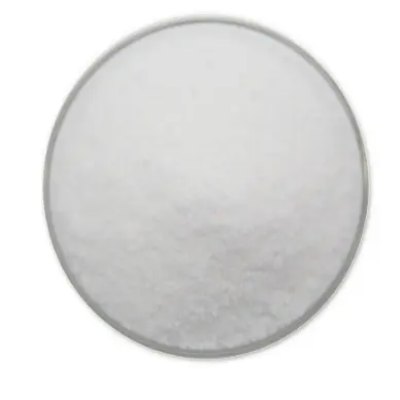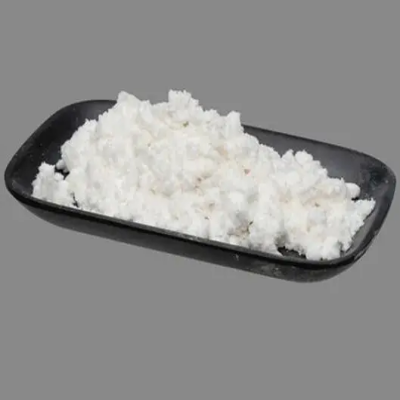2,5-Dibromo-3-methylpyridine CAS:3430-18-0
2,5-Dibromo-3-methylpyridine (C6H5Br2N) is a notable heterocyclic compound characterized by its versatility and utility in organic synthesis. The molecular structure of this compound comprises a pyridine ring substituted with bromine atoms at the 2 and 5 positions, along with a methyl group at the 3 position. This specific arrangement of functional groups enhances its applicability across various industries, particularly in pharmaceutical and agrochemical sectors. In pharmaceutical synthesis, 2,5-dibromo-3-methylpyridine serves as a pivotal building block for developing biologically active compounds. The presence of bromine atoms and a methyl substituent enables precise modifications through diverse synthetic methodologies such as metal-catalyzed coupling reactions and halogenation processes. These transformations facilitate the creation of pharmaceutical agents with tailored properties, enhancing their effectiveness and specificity in therapeutic applications. Thus, the compound plays a crucial role in drug discovery and development, contributing to advancements in medical science. Similarly, 2,5-dibromo-3-methylpyridine finds extensive use in agrochemical applications, where its chemical reactivity supports the synthesis of pesticides and herbicides. The ability to manipulate its chemical structure allows for the optimization of biological activity and environmental compatibility in agricultural products. By introducing specific functional groups at strategic positions on the pyridine ring, researchers can tailor formulations to target pests effectively while minimizing environmental impact, thereby promoting sustainable agricultural practices. Beyond pharmaceuticals and agrochemicals, the compound's versatility extends to materials science and specialty chemical synthesis. Its participation in various synthetic routes, including Suzuki coupling and Friedel-Crafts acylation, enables the construction of complex molecular architectures with desired physical and chemical properties. This versatility makes 2,5-dibromo-3-methylpyridine a preferred choice for researchers and industrial chemists seeking to develop novel materials for diverse applications, from advanced polymers to electronic materials. Moreover, the compound's robustness under different reaction conditions and its compatibility with industrial-scale synthesis further enhance its appeal in manufacturing settings. Whether in academic laboratories or industrial facilities, 2,5-dibromo-3-methylpyridine continues to play a critical role as a versatile synthetic intermediate, facilitating the development of innovative products that address key challenges in pharmaceuticals, agriculture, and materials science. In summary, 2,5-dibromo-3-methylpyridine's unique structural features, combined with its broad chemical reactivity, underscore its significance as a foundational component in organic synthesis. Its ability to serve as a building block for diverse chemical entities supports advancements across multiple industries, driving innovation and contributing to the development of new materials and pharmaceutical solutions tailored to meet evolving societal needs.



| Composition | C6H5Br2N |
| Assay | 99% |
| Appearance | white powder |
| CAS No. | 3430-18-0 |
| Packing | Small and bulk |
| Shelf Life | 2 years |
| Storage | Store in cool and dry area |
| Certification | ISO. |









